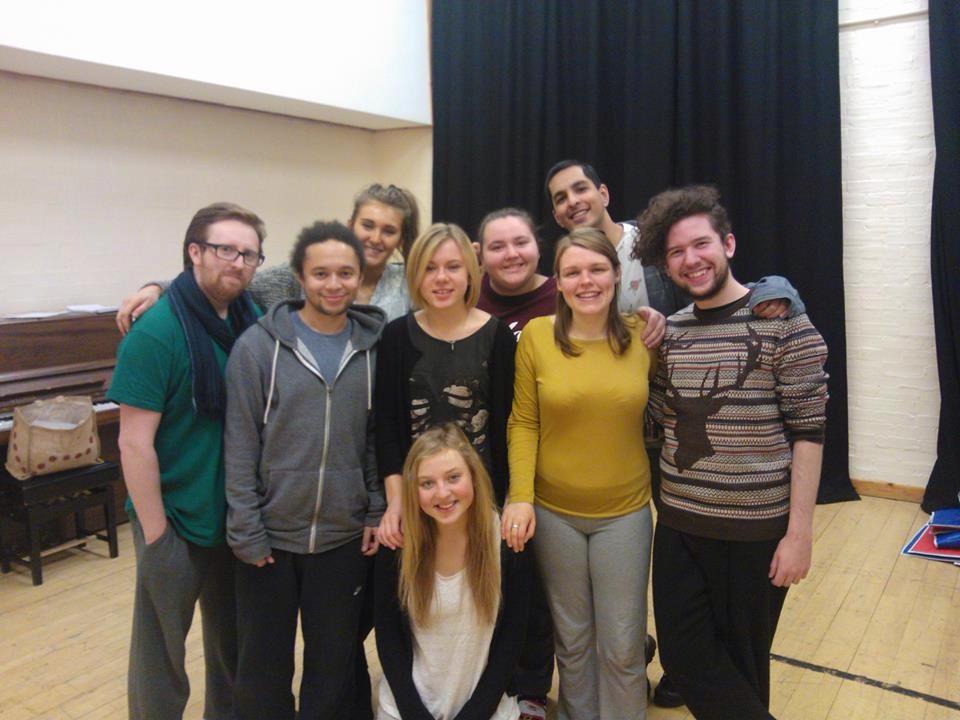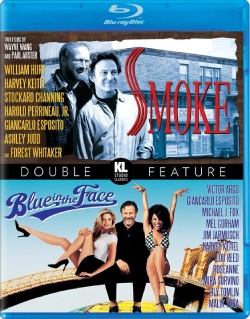This week, we delved deep into Nadine George. Susan (our lecturer) engaged us in her history and her fascinating personal relationship to her. Susan is not only a student of Nadine George, she has had major success as a Director, actor and trainer. From her website;
Susan graduated from the RSAMD with a BA Honours in Dramatic Studies, having specialised in Directing in her Honours year. Upon leaving, she spent two years gaining experience on valuable directing contracts in Scotland at which point she focused on further aspects within the arts
that she wanted to explore. These took the form of her work with the Nadine George Voice Technique and co-founding Artists in Exile Glasgow. After this 10 year exploration, Susan returned to directing where all her interests and experiences integrate into her rehearsal process: where the voice and it’s connection to how we live our lives, is the basis for truly embodied, engaged theatre.
We began the first sequence of the breath exercise which involved working with a partner to massage and relax their body whilst they controlled their breathing. I had the privilege of being the demonstration and I was extremely surprised at the results. I felt a wave of energy/heat flow threw my body. I felt taller and had a growing sense of power within me. My inner tempo and rhythm was calm, yet alert. The exercise itself helps cross many barriers both in Theatre and personally. There is a lot of psychical touching that can be seen as intimate. I was very aware of this working with a female who was visibly nervous about the exercise. The reflection was equally as interesting. Identifying what worked and what wasn’t as easy for everyone. I found myself comfortable with the exercise but noticed when we added the visual element which made focus more difficult and an element of self consciousness come into play. I questioned how this technique could be used maintained throughout the week, to not lose our sense of power outside of a creative environment. Whilst this stage of the exercise cannot, there is a Nadine George sequence which acts independently and can be used.
Breath is life, and Shakespeare needs much life to come off the page. It was very fitting that our next exercises were looking at text – specifically, Lady Macbeth in Macbeth.
We focused on deconstructing the language and embodying the punctuation of a small extract. By creating movement and images, I generated a deeper understanding of the rhythm of the lines and how deep and complex each line indeed was. In a circle, we took a line each and passed the section along, standing with great power on our line. I took away that in Shakespeare, it is very important to begin with great power but also to maintain it throughout each line as the end of the line is just, if not more important than the beginning.
Using the de-constructed text, we each embodied items of the text (Alcohol and drugs for me). For Michael reading Macbeth, it was necessary for him to direct his attention on each of the objects as he read them in the text; it was a very difficult task indeed. Spatially, I noted that the room became very interesting metaphorically. Alcohol and power in the text are related, but in our space they are on opposite ends of the room, almost opposed. Just like Death and life.
We discussed how a designer could use these kinds of metaphors in designing the set for Macbeth, similar in concept to the implantation of light and dark in the kenneth branagh production of Macbeth. Today, I took away the demands physically and mentally of both Nadine George and understanding and performing Shakespeare.
I was incredibly drained afterwards but equally as excited to explore Shakespeare and text more. Whilst having some experience with Shakespeare, I realised how easy it is to lose the language when not familiar with a particular section or piece.







